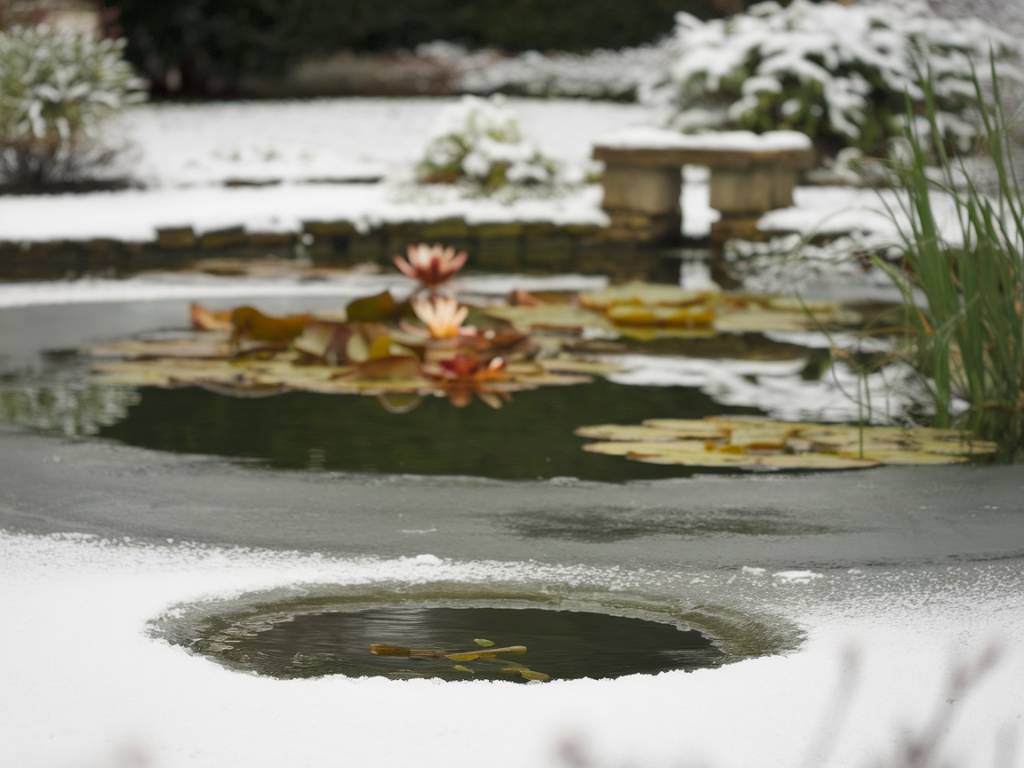As the chill of winter approaches, one of the key concerns for gardeners like myself is how to protect our beloved plants from harsh winds that can cause damage. Creating a windbreak is an excellent solution, and it aligns perfectly with natural gardening principles and permaculture. Today, I’m going to share with you my insights and methods for setting up an effective windbreak to shield your garden this winter.
Understanding Windbreaks
A windbreak is essentially a barrier designed to reduce the speed and impact of the wind. The primary purpose is to safeguard your plants from the drying cold winds of winter, which can leach moisture from both soil and foliage, leading to potentially devastating consequences. Windbreaks also help in creating a more moderated microclimate within your garden, reducing temperature extremes and allowing your plants to thrive.
Choosing the Right Location
One of the first steps is selecting the appropriate location for your windbreak. This involves understanding the predominant wind direction during the winter months in your area. In the UK, the majority of strong winter winds come from the southwest, so positioning your windbreak to the southwest of your garden is usually a safe bet.
Select a location that will allow the windbreak to protect the most vulnerable parts of your garden. Remember, an effective windbreak can protect an area up to ten times its height, so plan accordingly.
Types of Windbreaks
Various types of windbreaks can be used, depending on your specific needs, space, and resources. Here are some options:
- Natural Windbreaks: These include trees, shrubs, and hedges. They blend seamlessly into the landscape and provide habitat for wildlife.
- Artificial Windbreaks: These could be fences or walls constructed from materials like wood, metal, or composite. They provide immediate protection but may not be as aesthetically pleasing.
- Temporary Windbreaks: For those in rented spaces or transitional gardens, materials like burlap, canvas, or even trellises with climbing plants can serve as temporary solutions.
Planting a Living Windbreak
If you decide to go with the natural option, here’s how you can establish a living windbreak:
Tree and Shrub Selection
Choose a variety of evergreen and deciduous trees and shrubs. Evergreens provide year-round protection, while deciduous plants can add to the density during the growing season.
- Evergreens: Yew (Taxus baccata), Holly (Ilex aquifolium), and Scots Pine (Pinus sylvestris) are great choices for the UK climate.
- Deciduous: Hawthorn (Crataegus monogyna), Blackthorn (Prunus spinosa), and Elder (Sambucus nigra) can add beauty and biodiversity.
Ensure to plant densely. A double or triple row staggered planting can provide maximum wind resistance.
Spacing and Planting Techniques
Proper spacing is crucial in ensuring the effectiveness of your windbreak. I recommend planting trees approximately 2 to 3 meters apart, with shrubs closer at about 1 to 2 meters apart. For the staggered rows, leave about 1 to 1.5 meters between rows.
Dig holes twice as wide and just as deep as the root ball of each plant. Add organic compost to the soil to encourage root growth, and ensure each plant is well-watered after planting.
Maintaining Your Windbreak
Like any other part of your garden, your windbreak will need care and attention. Regular watering, especially during dry spells, is crucial in the first few years. Mulching around the base of plants can help retain moisture and suppress weeds. Pruning will also be necessary to maintain the desired shape and density.
Using Artificial Windbreaks
If you opt for an artificial windbreak, here’s what you need to consider:
Material Selection
Choose materials that are durable and can withstand winter weather. Wooden fences are a traditional choice, and trellis panels with climbing plants can offer a dual-function solution by adding greenery.
- Wood: Ensure it is treated wood to prevent rot.
- Metal: Usually requires less maintenance but can be expensive.
- Composite: Offers a balance between durability and cost-efficiency.
Construction Tips
When installing a fence, ensure it’s solid enough to resist high winds but has some permeability to allow air to pass through; solid barriers can create turbulence on the leeward side. The height of your artificial windbreak should be at least half the expected final height of a living windbreak, usually between 1.5 to 3 meters, depending on your specific needs.
Combining Methods for Maximum Effect
For the best protection, consider combining natural and artificial methods. A mixed approach can offer immediate protection from artificial barriers while the living windbreak matures. For instance, planting a row of shrubs in front of a wooden or metal fence can offer both immediate and long-term benefits.
Monitoring and Adjusting
Once your windbreak is in place, monitor its effectiveness throughout the winter. Look for signs of wind damage in your garden and make adjustments as needed. This might involve adding more plants to a living windbreak or extending an artificial barrier to cover more area.
Creating a windbreak does require some initial investment of time and resources, but the benefits to your garden are manifold. Protecting your plants from winter winds can help them survive and thrive, giving you a healthier and more productive garden when the growing season returns. Plus, if you opt for a living windbreak, you’ll also be contributing positively to the environment by adding more greenery and habitat for wildlife.
May your garden flourish in every season!
Happy gardening,
Samanta








